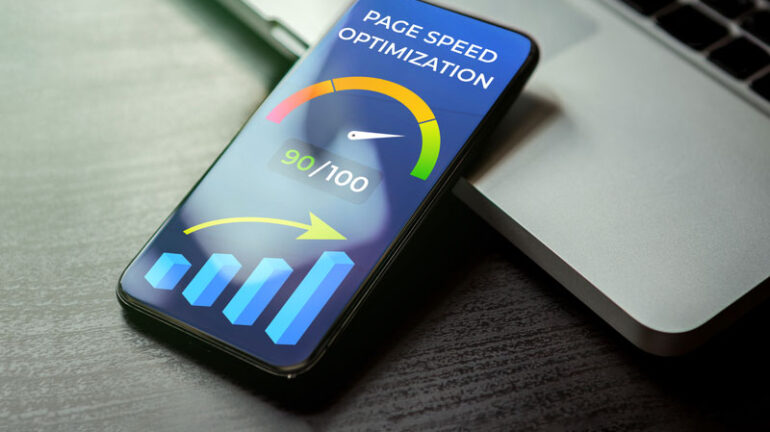
It’s undeniable that people browsing the internet are becoming less and less
patient. While a few extra seconds of waiting might not have been an issue years
ago, today, 80% of users expect a website to load in less than 3 seconds, and
40% will leave if it takes longer. In other words, if your site isn’t fast enough, you
could lose almost half of your potential customers. And we can’t ignore the impact of
this on SEO.
What I’ve seen over the past 10 years is clear: people have become more impatient.
In the digital world, where competition is fierce, the importance of speed has never
been greater. Optimizing your website’s speed is an absolute must if you want to get the most out of your SEO efforts, increase your website traffic, and drive conversions.
- Use a Content Delivery Network (CDN)
The farther users are from your server, the slower your site will load. By using a CDN,
you can distribute your content across multiple servers worldwide and deliver it to
users from the nearest server. This method is especially effective in reducing load
times for visitors from different regions. - Minify CSS, HTML, and JavaScript
Unnecessary spaces, comments, and extra code in your site’s files slow down
loading times. By minifying your code (removing these unnecessary elements), you
can reduce file sizes and speed up your site. Tools like UglifyJS or CSSNano can
automate this process and improve your site’s performance. - Enable Browser Caching
Browser caching allows your website to load faster for returning visitors by storing
static files locally on their devices. This prevents users from having to reload the
same data repeatedly, resulting in faster load times every time they visit. - Reduce Server Response Time
If your server is slow, your entire website will be slow. Choosing a fast and reliable
hosting provider is crucial. Optimizing your server settings and database queries will
help reduce response time and increase your site’s speed. - Eliminate Render-Blocking Resources
Some JavaScript and CSS files may delay the loading of your site’s above-the-fold
content (the part users first see). By deferring these non-critical resources to load
after the initial render, you’ll speed up the first impression of your site and improve
user satisfaction. - Use Lazy Loading
With lazy loading, images and videos are only loaded when they come into the user’s
view. This helps speed up the initial page load, as the top part of the page can be
displayed while the rest of the content loads as needed. This also saves bandwidth. - Optimize Web Fonts
Fonts can have a bigger impact on your loading speed than you might think. Only
use the font weights and styles you need, and avoid unnecessary variations.
Implementing the “font-display: swap” feature allows text to remain visible during the
font loading process, enhancing the user experience. - Enable GZIP Compression
GZIP compression reduces the size of your HTML, CSS, and JavaScript files before
they are sent to the browser, drastically cutting down data transfer time and speeding
up the loading process. - Minimize Redirects
Excessive redirects add additional HTTP requests that slow down your site. Limit
unnecessary redirects and fix broken links to avoid redirect chains, which can hurt
your site’s speed and user experience. - Preload Key Resources
Preload fonts, images, or CSS files that are critical for the first render. This tells the
browser to load important resources earlier, resulting in faster rendering times. - Use HTTP/2
HTTP/2 speeds up communication between your server and the browser by
processing multiple requests at the same time. This reduces overall load times and
significantly improves your site’s efficiency. - Prioritize Above-the-Fold Content
The content users first see when they land on your site should load quickly. By
prioritizing the loading of above-the-fold content, users perceive the site as faster,
even if the rest of the page continues loading in the background.
Conclusion
Improving your website’s speed is not only crucial for user satisfaction but also vital
for SEO success and conversion rates. By implementing these 12 tips, you can
optimize your site, meet user expectations, and stand out in the competitive digital
world. Remember, speed is no longer an option—it’s a necessity!